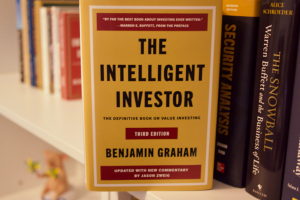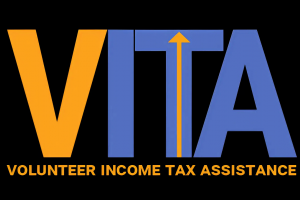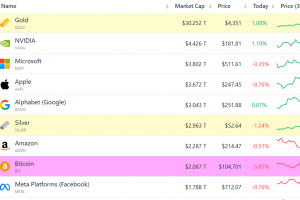FT Executive MBA Ranking 2022: methodology
This is the 22nd edition of the FT’s annual ranking of the world’s top 100 executive MBA programmes for senior working managers.
Participation in the ranking is voluntary and at the business school’s request. EMBA programmes must meet certain criteria to be eligible. First, the school must be accredited by either the US’s Association to Advance Collegiate Schools of Business, or Europe’s Equis. The EMBA must also be cohort-based, with students enrolling and completing their studies together.
A total of 138 programmes took part in the 2022 ranking process, including 13 joint programmes delivered by more than one school. One new school features in our table — Monash Business School, in 67th place.
Alumni responses inform five ranking criteria: salary today, salary increase, career progress, work experience and aims achieved. Together, they account for 56 per cent of the ranking’s weight. The first two criteria related to alumni salary each count for 20 per cent.
Salaries are converted to US dollars using the latest purchasing power parity (PPP) rates supplied by the International Monetary Fund. The highest and lowest salaries are then removed and the mean average “current salary” is calculated for each school. Salary increase is calculated according to the difference in average salary before the EMBA to three years after completion. Half of the ranking weight is applied to the absolute increase and the other half to the percentage increase relative to pre-EMBA pay.
When available, alumni criteria are informed by the past three surveys. Responses from the 2022 survey carry 50 per cent of the total weight and those from 2021 and 2020 each account for 25 per cent. Excluding salary-related criteria, if only two years of data are available, the weighting is split 60:40 if data are from 2022 and 2021, or 70:30
if from 2022 and 2020. For salary figures, the weighting is 50:50 for two years’ worth of data, to avoid inflation-related distortions.
Facts about the top 25 schools
Rank 1
The Kellogg-HKUST EMBA, based in Hong Kong, retakes the top spot, with alumni receiving the highest average salary, at $584,197.
Rank 2
Ceibs, in Shanghai, is the top-ranked solo EMBA and the only other school where alumni earn more than $500,000 on average.
Rank 6
The joint EMBA at Trium: HEC Paris/LSE/NYU: Stern is the highest ranked programme offered in the US.
Rank 7
After a four-year gap, MIT: Sloan is back in the top 10, thanks to the US school’s high alumni salaries.
Rank 10
Iese Business School, in Spain, has the most internationally diverse students, with 95 per cent from overseas.
Rank 11
UCLA: Anderson/National University of Singapore’s joint EMBA is the biggest riser in the top 25, a move of 18 places.
Rank 12=
IE Business School, in Spain, is one of four schools to achieve gender equality in their full-time faculty.
Rank 14
Alumni from Yale topped the table when it came to fulfilling goals or reasons for doing an EMBA.
Rank 18
Alumni from Hong Kong University Business School experienced the highest average salary increase of any alumni at 115 per cent.
Rank 22
The Wharton School tops the research rank for the third consecutive year, based on the volume of articles published, weighted by faculty size.
Rank 24=
Alumni from CUHK, in Hong Kong, have the best career progression out of all schools in the top 25.
By Sam Stephens
This story originally appeared on: Financial Times - Author:Wai Kwen Chan
























